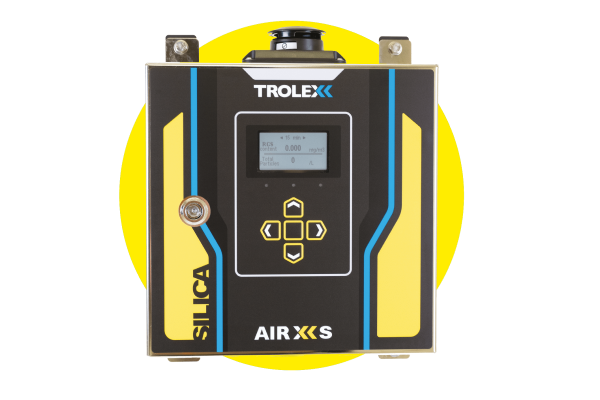Test proves efficacy of real-time silica monitor

New test findings have confirmed the efficacy of a world-first real-time monitor for silica dust that could save thousands of Australian lives.
The AIR XS Silica Monitor was developed by Trolex, a leading workplace safety technology company, and is designed to protect Australians against lung diseases such as silicosis by providing real-time readings of levels of crystalline silica in the air.
While the federal government recently implemented a ban on engineered stone, commencing 1 July 2024, the process most synonymous with creating silica dust, Trolex group chief executive Glyn Pierce-Jones says this ban alone would not solve the current health crisis caused by RCS.
“Silica dust is found in most building materials, so while banning engineered stone is a positive step, it’s not a holistic solution,” he says.
“The real issue facing the industry is the current archaic methods of testing for silica dust and the delay it causes in creating the safest possible workplace.”
The latest finding represents a revolution in the protection for workers exposed to respirable crystalline silica (RCS) dust.
The current approach to test for RCS is gravimetric sampling, the process requires collection, processing and laboratory analysis of the sample, which is both time-consuming and costly for businesses. Direct-reading instruments offer businesses the ability to monitor employee safety on sites in real-time, eliminating the delays of weeks typically associated with potential RCS exposure.
The AIR XS is already being used in Australia to monitor RCS levels in many industrial locations.
